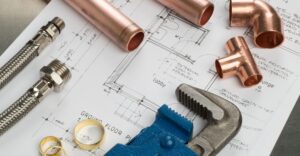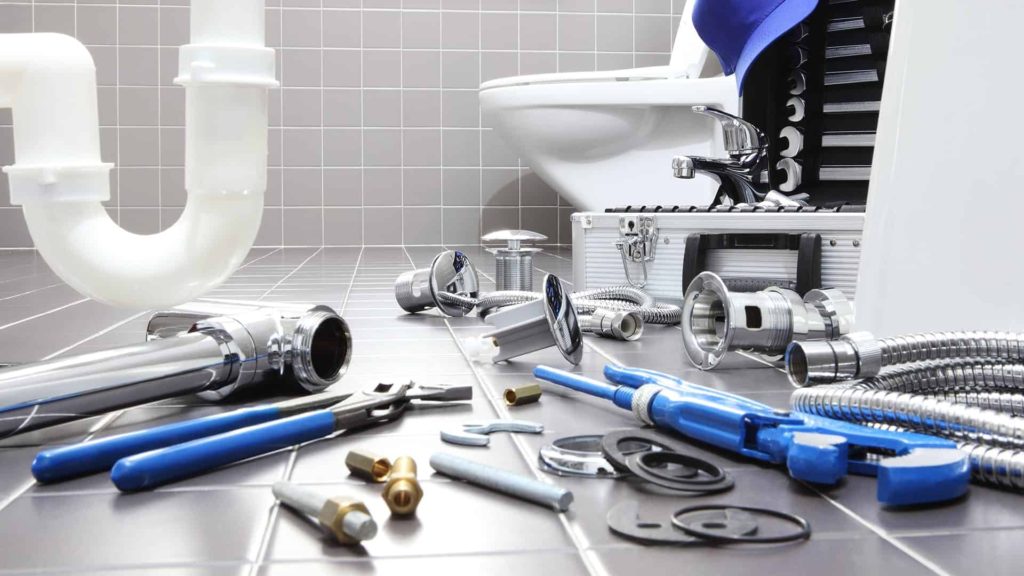This article down the page about Is it safe to flush food (especially rice) down the toilet? is absolutely enjoyable. Don't miss it.

Introduction
Many people are often confronted with the predicament of what to do with food waste, especially when it concerns leftovers or scraps. One typical question that occurs is whether it's alright to flush food down the commode. In this write-up, we'll explore the reasons individuals may think about purging food, the repercussions of doing so, and alternative approaches for proper disposal.
Reasons that people might consider purging food
Lack of recognition
Some people may not be aware of the possible injury triggered by flushing food down the toilet. They may mistakenly believe that it's a harmless practice.
Comfort
Purging food down the bathroom might look like a quick and very easy service to taking care of undesirable scraps, particularly when there's no neighboring trash bin available.
Laziness
In many cases, people might just select to flush food out of sheer laziness, without thinking about the repercussions of their actions.
Consequences of flushing food down the commode
Environmental effect
Food waste that winds up in waterways can contribute to air pollution and injury marine communities. Furthermore, the water utilized to purge food can strain water resources.
Pipes issues
Flushing food can bring about clogged up pipelines and drains pipes, creating pricey pipes repair work and troubles.
Types of food that must not be purged
Coarse foods
Foods with coarse structures such as celery or corn husks can get entangled in pipelines and trigger obstructions.
Starchy foods
Starchy foods like pasta and rice can soak up water and swell, bring about obstructions in pipes.
Oils and fats
Greasy foods like bacon or food preparation oils must never be flushed down the commode as they can solidify and trigger clogs.
Proper disposal techniques for food waste
Using a waste disposal unit
For homes equipped with garbage disposals, food scraps can be ground up and purged via the pipes system. Nonetheless, not all foods are suitable for disposal in this manner.
Recycling
Specific food packaging materials can be reused, reducing waste and reducing environmental influence.
Composting
Composting is a green way to throw away food waste. Organic products can be composted and utilized to enrich soil for gardening.
The value of appropriate waste administration
Minimizing environmental injury
Correct waste administration practices, such as composting and recycling, help minimize pollution and maintain natural resources for future generations.
Securing pipes systems
By avoiding the technique of flushing food down the toilet, homeowners can stop costly plumbing repair services and keep the integrity of their pipes systems.
Verdict
Finally, while it might be tempting to flush food down the toilet for comfort, it is necessary to comprehend the potential repercussions of this action. By adopting correct waste administration practices and disposing of food waste sensibly, people can contribute to much healthier plumbing systems and a cleaner setting for all.
Flushing Food Down The Toilet Isn't Ideal
Garbage disposal is actually meant to carry kitchen waste. This kitchen plumbing component has made the disposing of food bits and scraps so convenient and easy. However, it is not every kitchen waste that should go down the garbage disposal.
Food waste like fish skins, eggshells, and coffee grounds are not meant for your garbage disposal. Resist the temptation to put them there!
Some persons who do not have functional disposal may be inclined to flush remains of dinner, breakfast, and lunch down the toilet. Other people may decide not to fill up their garbage disposal with organic food matter that could release foul smell in the kitchen. Thus the toilet may be a better option for them.
But, Should You Flush Food Down The Toilet?
The simple reason is that your toilet pipes that carry human waste are not wide enough to convey food waste. Remember, your toilet is meant only for water, human waste, and bio-degradable tissue paper! Food waste is potential drain-blocking materials; they do not easily disintegrate.
Although flushing a bit of food here and there may have minor consequences, a habit of flushing food waste down the toilet can be catastrophic.
Be that as it may if you're comfortable with using your toilet as a garbage disposal for kitchen waste, do it with caution. Check out the list below to know the kinds of food that shouldn't go down the toilet:
- Grains like oats, rice, and others expand when mixed in water. This expansion can block your sewer line when you flush grains down the toilet
- Hard food scraps, including apple cores, bones, and corn cobs, do not decompose easily. Having these food items down your toilet all the time can plug up your toilet drain, block your drains, and become breeding grounds for fatbergs. Worse still, they can compromise your city's wastewater treatment processes. Dispose of this waste in your trash bin!
- Starchy foods like mashed potatoes can cause a gelatinous obstruction that could slow down the flow of your sewer pipe
- Fats and oils including butter, meat fat, cooking oils and other oil-containing foods, are not friends with your drain. When fat and oil cool harden inside the sewer lines, they can potentially block your sewage flow. Not only that, they attract other debris and form fatbergs that are disastrous
Are You Having A Blocked Toilet?
Have you flushed so much food scraps down the toilet and it's causing a blockage? This is the best time to call the Emergency Plumber for help.
https://www.emergencyplumber.london/camden/blog/why-you-shouldnt-flush-food-down-the-toilet

As a person who reads about Flushing Food Down the Toilet?, I think sharing that excerpt was valuable. For those who appreciated our blog posting kindly don't forget to share it. I value reading our article about Is it safe to flush food (especially rice) down the toilet?.
Click Here



